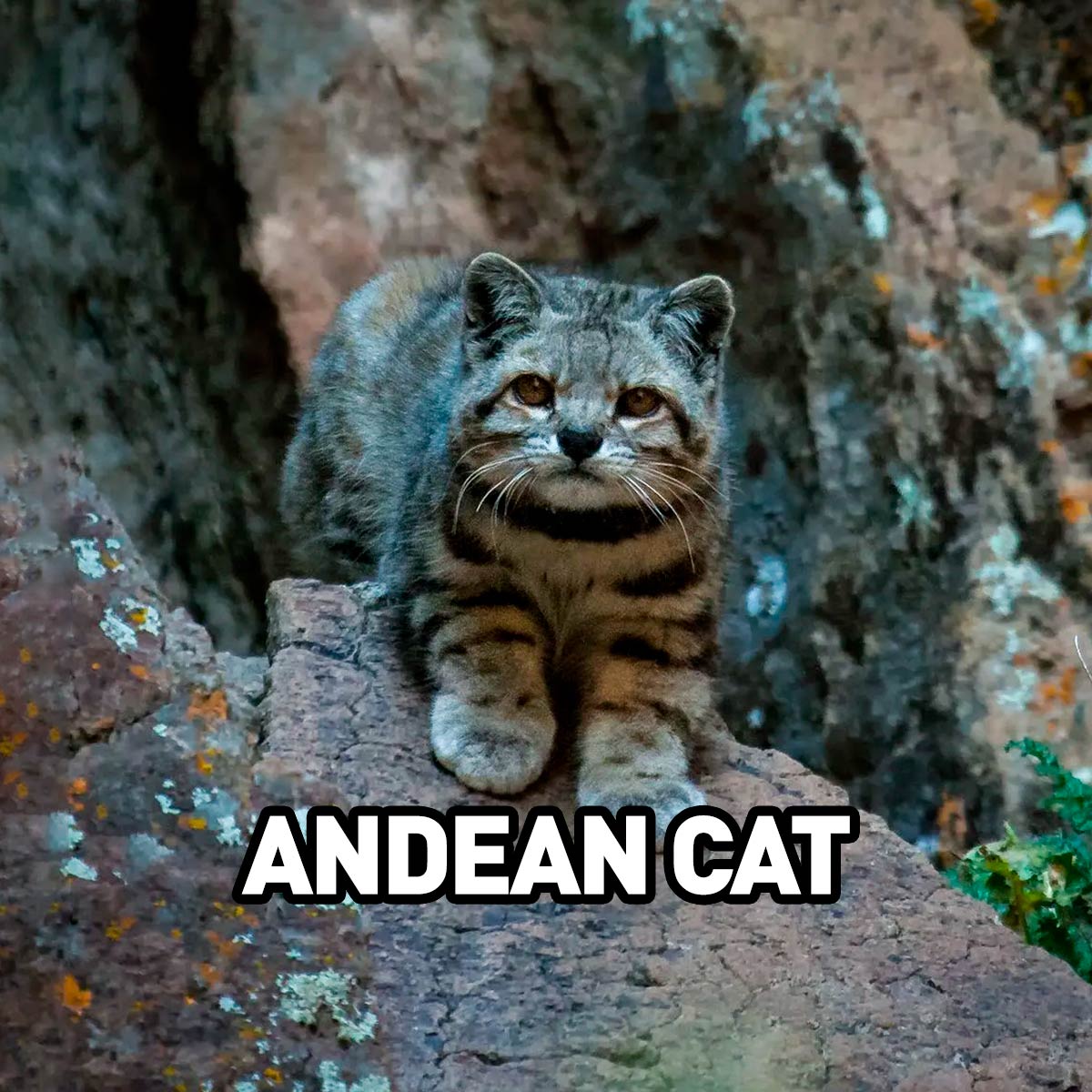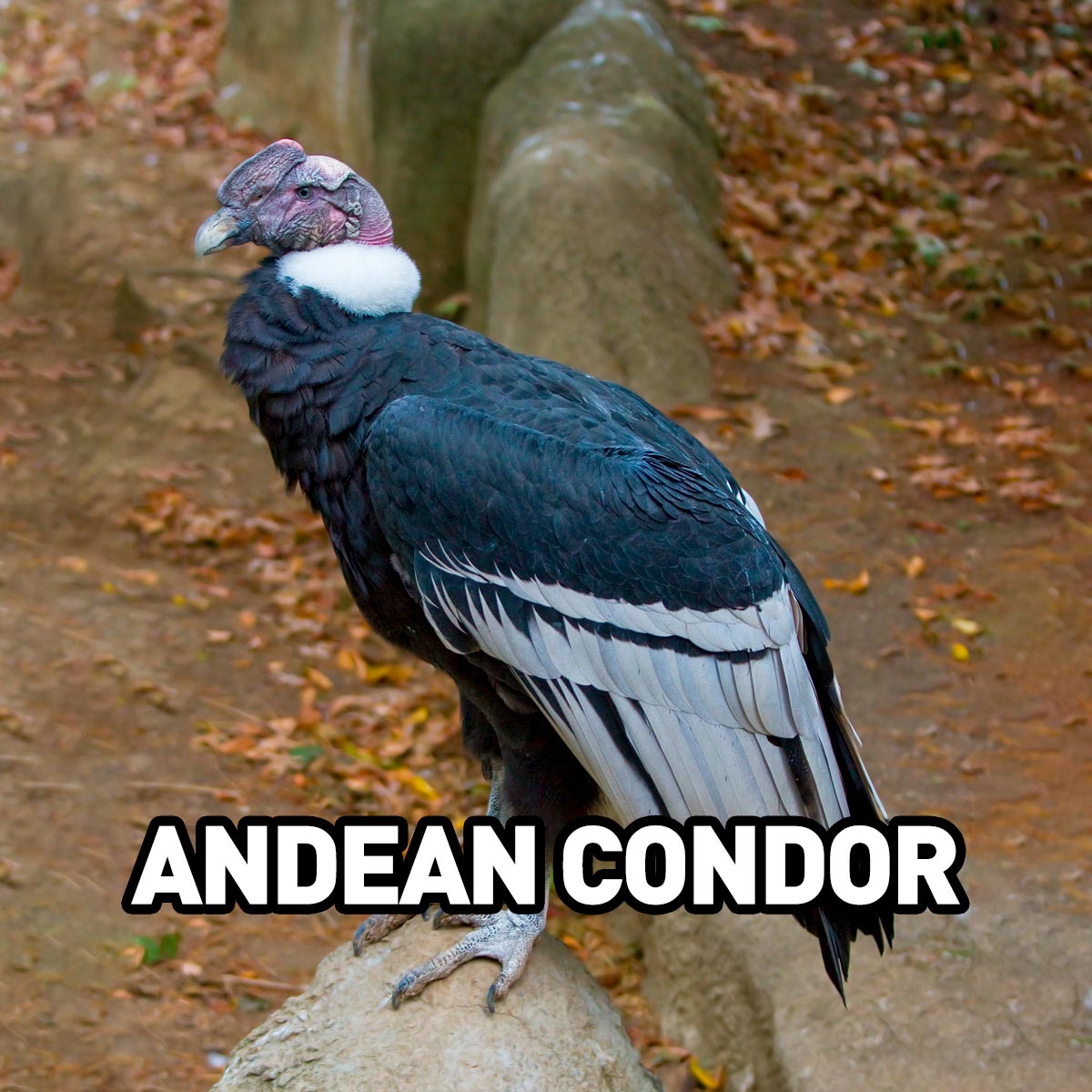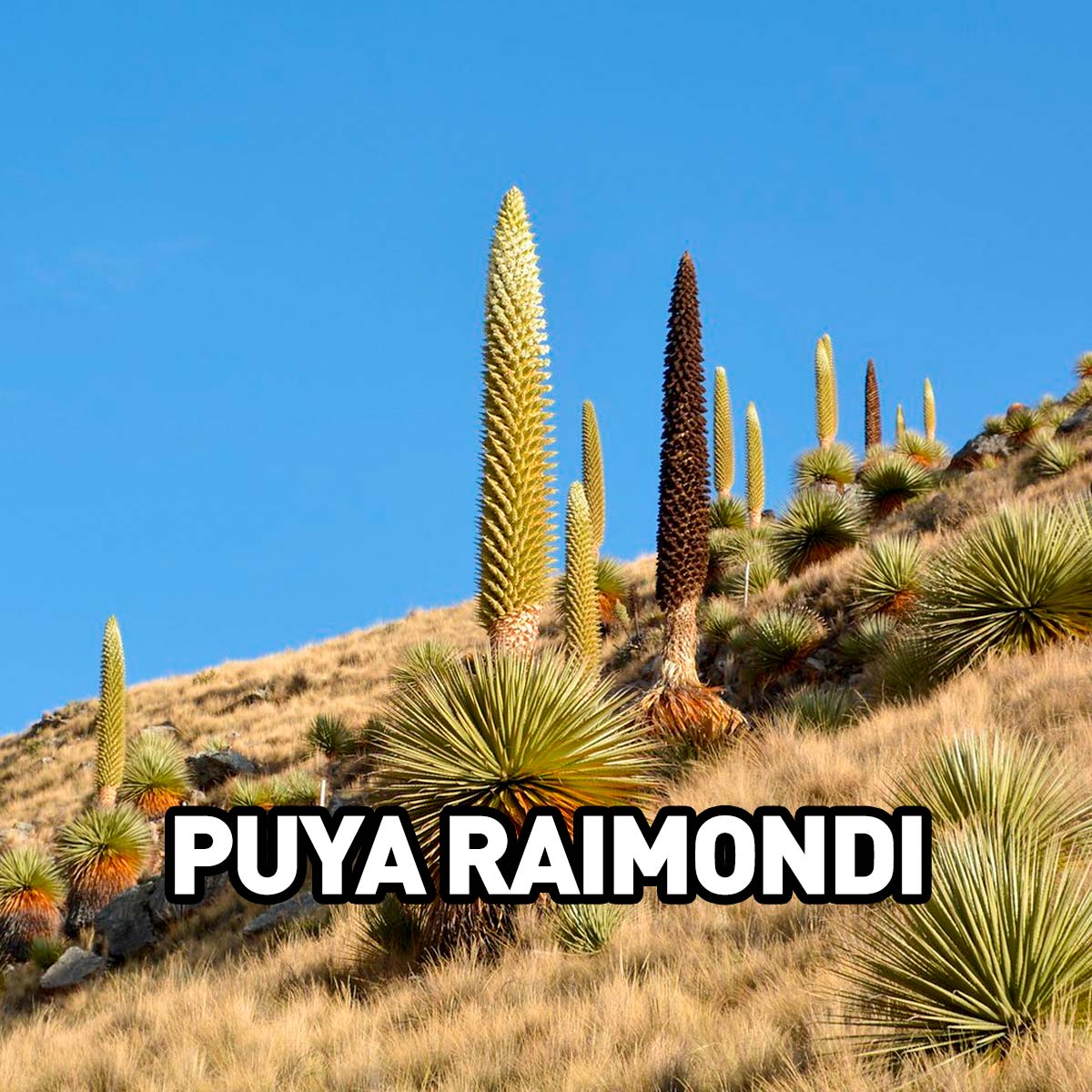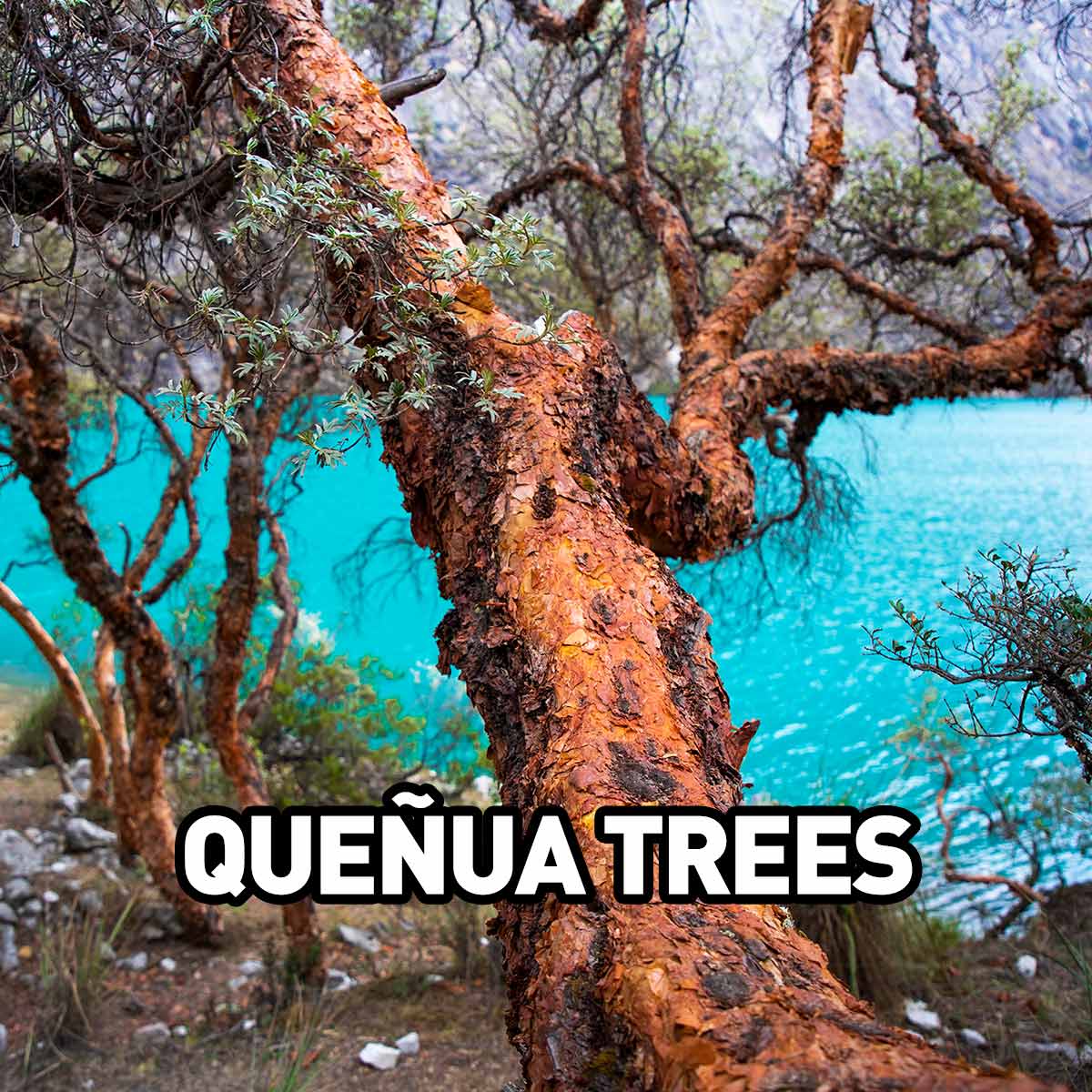
In the heart of the Cordillera Blanca lies the Huascaran National Park, a protected natural area that safeguards Andean landscapes. This place, declared a Natural World Heritage Site, features snow-capped peaks, glaciers that feed crystalline rivers, and valleys of great biological diversity, making it a unique place to explore the natural treasures of Peru.
Within its domains live hundreds of species of flora and fauna that find refuge in different ecological levels. In addition, it houses 33 archaeological sites that allow learning about the history of ancient civilizations. Also, in this place grows the Puya de Raimondi, a surprising plant that can reach 12 meters in height and flowers only once in its life.
This place was listed on the World Heritage List in 1985, which makes Huascarán National Park one of Peru's most outstanding protected natural areas.
Located in the Áncash region, it extends through the territories of ten provinces: Yungay, Huaraz, Carhuaz, Huaylas, Recuay, Bolognesi, Pomabamba, Huari, Mariscal Luzuriaga, and Asunción. Also, this park is part of the central Peruvian Andes and covers both the eastern flank of the White Mountain Range, in the Callejón de Conchucos, and the western, in the Callejón de Huaylas.
Its landscape is dominated by snowy peaks, deep valleys, extensive plains, and diverse ecological zones. Within its limits is the Humid Puna ecoregion of the Central Andes, where surprising biodiversity flourishes.
Huascarán National Park protects one of the most valuable sets of ecosystems in the country. It is home to numerous unique wild species in the world, many of them endemic, and is key to maintaining the ecological balance of the entire region. It contains the Huascarán snow-capped peak, the highest tropical peak in Peru, which rises to 6,768 meters above sea level.
Its territory harbors nearly 660 glaciers and about 300 lagoons of glacial origin, whose waters feed the basins of the Santa, Marañón, and Pativilca rivers. In addition to its ecological importance, the park has cultural values, with numerous archaeological sites that reveal the pre-Columbian past of these lands.
Today, Huascarán National Park is not only a natural refuge, but also an engine for local economies, thanks to responsible and sustainable tourism.
In the Park there are more than 120 species of birds and 10 mammals. Among the most outstanding birds we have the Andean condor (Vultur gryphus), the torrent duck (Merganetta armata) and the puna partridge (Tinamotis pentlandii), the jerga duck (Anas georgica spinicauda), the mountain duck (Lophonetta specularioides alticola). There is also the sapling grebe (Rollandia rolland morrisoni), the giant coot (Fulica gigantea), and the Andean gull (Larus serranus).
Among the mammals, the wild cat (Oncifelis colocolo), the Andean cat (Oreailurus jacobita), the spectacled bear (Tremarctos ornatus), the taruca (Hippocamelus antisensis) and the vicuña (Vicugna vicugna) stand out. Other species are the gray deer (Odocoileus virginianus), the puma (Puma concolor incarum), the vizcacha (Lagidium peruanum), the weasel (Mustela frenata agilis), the añaz (Conepatus sp.), the Andean fox (Pseudalopex culpaeus), among others.
 |  |
The Huascarán National Park presents a wide spectrum of microclimates, which causes it to have a mosaic of different types of vegetation. 779 species of high Andean flora distributed in 340 genera and 104 families have been identified. In this floristic diversity, the Bromeliaceae family is represented by the Raymondi puya (Puya raimondii), a species that has the largest inflorescence in the world and is one of the conservation objects of the Park. You can see stands of puya Raymondi mainly in the Carpa and Queshque ravines.
Relict quisuar (Buddleja coriacea) and queñua (Polylepis sp) forests are also preserved, which are located mainly to the north of the Llanganuco sector. There are also high Andean meadows, puna grass and various oconales (bofedales), located mainly above 4,500 meters above sea level.
 |  |
The minimum temperatures occur in the upper parts of the mountain range, reaching an annual average of 0° Celsius and the maximum around 7° C. As you lower altitude, temperatures rise and the climate becomes more pleasant.
In the Huascarán National Park you can practice mountain biking, skiing, climbing, adventure walks and experiential tourism that allows you to discover this fascinating place, the scene of the development of part of our culture.
The national park has about 25 trekking circuits and 102 climbing destinations. 33 archaeological sites have been identified that include rock art, settlements, terrace systems, roads, cultivation terraces, chullpas, tombs, viewpoints, fortifications, irrigation channels, micro dams, etc., being the most representative: Auquispuquio, Cullicocha, Queshquepachan, Paccharuri, Quilcayhuanca, Nuevo Tambo, Cayesh, Pachacoto and the pre-Hispanic road from Olleros to Chavín.
In Huascarán National Park, you'll find the Llanganuco lagoons, two glacial water mirrors that captivate with their green and bluish tones, located 25 kilometers northeast of Yungay. Surrounded by the snowy peaks of Huascarán, Peru's highest peak, and Huandoy, these lagoons emerge from ancient glaciers.
From the shores of these lagoons, the María Josefa trail begins, winding through a thick forest of queñuales, Andean trees with reddish and twisted bark. A stream of clear water flows along the path, where it is possible to spot Andean birds and a diversity of wild plants that bring life and color to the way.
Another captivating treasure of this place is the Purhuay Lagoon, located just 5 kilometers from the city of Huari, in the Conchucos region. This place is formed by a body of water approximately 3 kilometers long, whose waters reflect the mountains that guard it, creating landscapes of great beauty.
Around it stand eucalyptus forests that offer shade to those who walk its paths, turning every step into an experience full of serenity and wonder. In addition, its environment is a habitat for Andean birds that find food and shelter in this place. Therefore, visiting this corner of the Huascarán National Park allows you to discover spectacular landscapes and enjoy the silence and calm of nature.
The Pastoruri glacier is located about 70 kilometers south of Huaraz, within the Huascarán National Park. Although its glacial surface has decreased over the years due to climate change, the place remains one of the most visited spots in the area for its natural and scenic value.
The hike to its base is accessible and of moderate difficulty, making it an excellent option for those who want to experience the high mountains without requiring previous mountaineering experience. During the journey to Pastoruri, the landscape transforms with each kilometer: you cross areas with high Andean lagoons like Patococha, appreciate rock paintings, and can see the surprising Puya Raimondi up close.
This lagoon, located at the foot of the Churup snow-capped mountain within Huascarán National Park, stands out for its turquoise and emerald green tones, which combine with an environment of sharp rocks and high-altitude vegetation. The place is considered a natural jewel of the White Mountain Range and, due to its accessibility from Huaraz, has become one of the most recommended hikes.
The journey to the lagoon can be completed in one day, although it requires good physical condition due to the altitude and steep sections that include passages with ropes. Along the way, you will cross Andean landscapes with panoramic views, ravines, waterfalls, and typical flora of the high Andean ecosystem.
Throughout the park, 33 archaeological sites have been identified that show rock art, terrace systems, roads, cultivation terraces, chullpas tombs, viewpoints, fortifications, irrigation channels, and others. Much of this cultural wealth is located in the different ravines and valleys at the foot of the mountains. The most representative archaeological remains are those of Auquispuquio, Cullicocha, Queshquepachan, Paccharuri, Quilcayhuanca, Nuevo Tambo, Cayesh, Pachacoto, among others.
If you want to visit Machu Picchu, we recommend you to book your Machu Picchu entrance tickets in advance, so you will enjoy your Vacation in Machu Picchu without any problem.